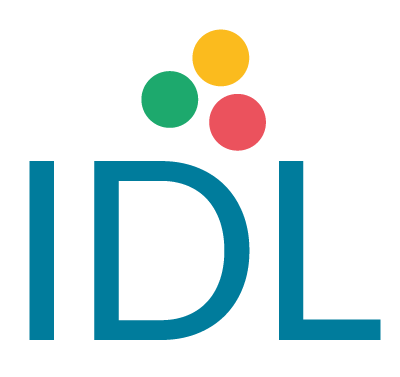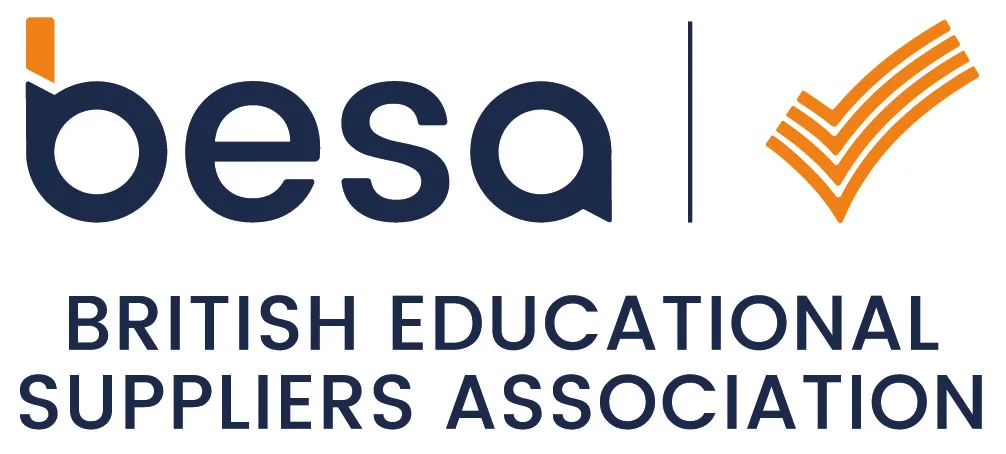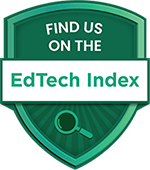This website uses cookies so that we can provide you with the best user experience possible. Cookie information is stored in your browser and performs functions such as recognising you when you return to our website and helping our team to understand which sections of the website you find most interesting and useful.
IDL for Secondary Schools
IDL is widely used in secondary schools across the UK to support SEN learners and those falling behind in literacy and numeracy. It is typically used with small intervention groups and is proven to dramatically improve reading, spelling and maths ability in pupils up to the age of 16+.
IDL is particularly effective for aiding the transition between the last year of primary and the first year of secondary school. If both schools use IDL, we can simply transfer a pupil’s profile from one to the other. This allows the pupil to pick up where they left off in Year 6, providing stability and familiarity.
The IDL impact
Year 7, 8 and 9 pupils, often working at KS2 level and sometimes at KS1, can really benefit from IDL’s structured multi-sensory approach to learning. Many of our secondary schools report significant progress in reading, spelling and maths within a short period of time, substantially impacting progress in other subjects and improving learning independence.
For Y10 and 11 pupils, IDL can be used to boost important skills in preparation for GCSEs. The IDL spelling lessons are particularly useful at this point, addressing subject specific vocabulary in core subjects such as Maths and Science.
Tracking student progress for both individual students and groups is easy for teachers and simple to access – data is available in both graph and written format. The information is easy to read and understand – really useful for presenting results to parents, the management team or school governors and meeting Ofsted requirements.
After only 26 hours use of IDL...
-

10 months improvement in reading age
-
11 months in spelling age
Products for secondary schools View All Products
Literacy
The IDL Literacy Intervention Software is a speaking-computer based multi-sensory system which supports learners with dyslexia and other learning difficulties.
Learn More
IDL Numeracy
IDL Numeracy is a maths numeracy software resource that helps to improve the ability of low-attaining learners in mathematics.
Learn More
IDL Wellbeing
IDL Wellbeing is an exciting new product designed to integrate with a whole-school approach to mental health, toughness and behaviour management.
Learn More
IDL Literacy Screener
The IDL Literacy Screener is a simple, effective online tool that students and teachers can use to highlight dyslexic-type difficulties.
Learn More
IDL Numeracy Screener
The IDL Numeracy Screener has been developed to provide a simple to use online test that will highlight number SEN.
Learn More
IDL Maths Tutorials
Math Tutorials are a new set of online math tutorials that present the main topics in the school curriculum in an easy-to-follow, step-by-step way.
Learn More
IDL Multiplication Tables Check
This revision tool prepares learners for the mandatory Multiplication Table Check (MTC), which is now statutory for all primary schools in England.
Learn More
